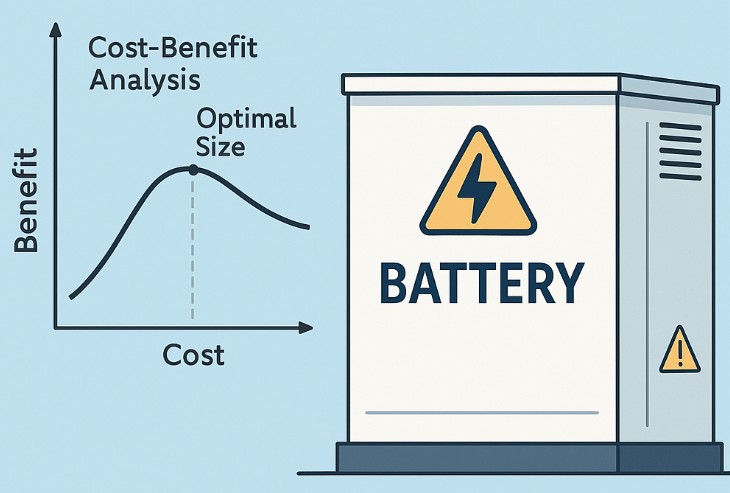How to Determine the Right Size for Your Battery Storage System

How to Determine the Right Size for Your Battery Storage System
It all starts with your objective. Are you looking to maximize self-consumption of solar or wind energy, trade in the day-ahead or imbalance market, offer grid services, or simply avoid curtailment during negative price hours? Each of these goals requires a different approach to sizing.
Next, it's crucial to understand your energy profile. How frequently do you generate excess solar or wind? What’s your peak production compared to typical demand? And how often do meaningful price spreads occur in your market? Historical data on generation, consumption, and prices will help you estimate how much energy your battery should be able to store and release.
Then comes the choice between power and energy. Power capacity (measured in MW) determines how quickly the battery can charge or discharge, while energy capacity (in MWh) dictates how much energy it can store. A system that needs to respond rapidly to market signals may require higher power, while storing an entire afternoon of solar generation demands more energy. A two-hour system—say, 10 MW with 20 MWh—is a common benchmark, but the right configuration depends entirely on your specific use case and economic model.
Before committing, it’s wise to simulate different revenue scenarios. What returns would a one-hour battery deliver versus a two-hour one? Would a smaller system miss out on key market opportunities? And what about changing the grid limitation between charging and discharging. In the Netherlands grid fees apply mainly to consuming (charging) assets. So you might want to have an agreement with a lower charging limitations to benefit more favourable grid tariffs.
Lastly, practical limitations like available space, grid connection, CAPEX, battery lifespan, and degradation must be considered. Even if the technical case is strong, physical and financial constraints often determine what’s actually feasible.
In short, battery sizing isn’t a one-size-fits-all exercise. It’s a balance between strategic intent, market dynamics, site-specific data, and financial reality. A well-sized battery, aligned with your goals, can be a powerful asset—both technically and economically.
